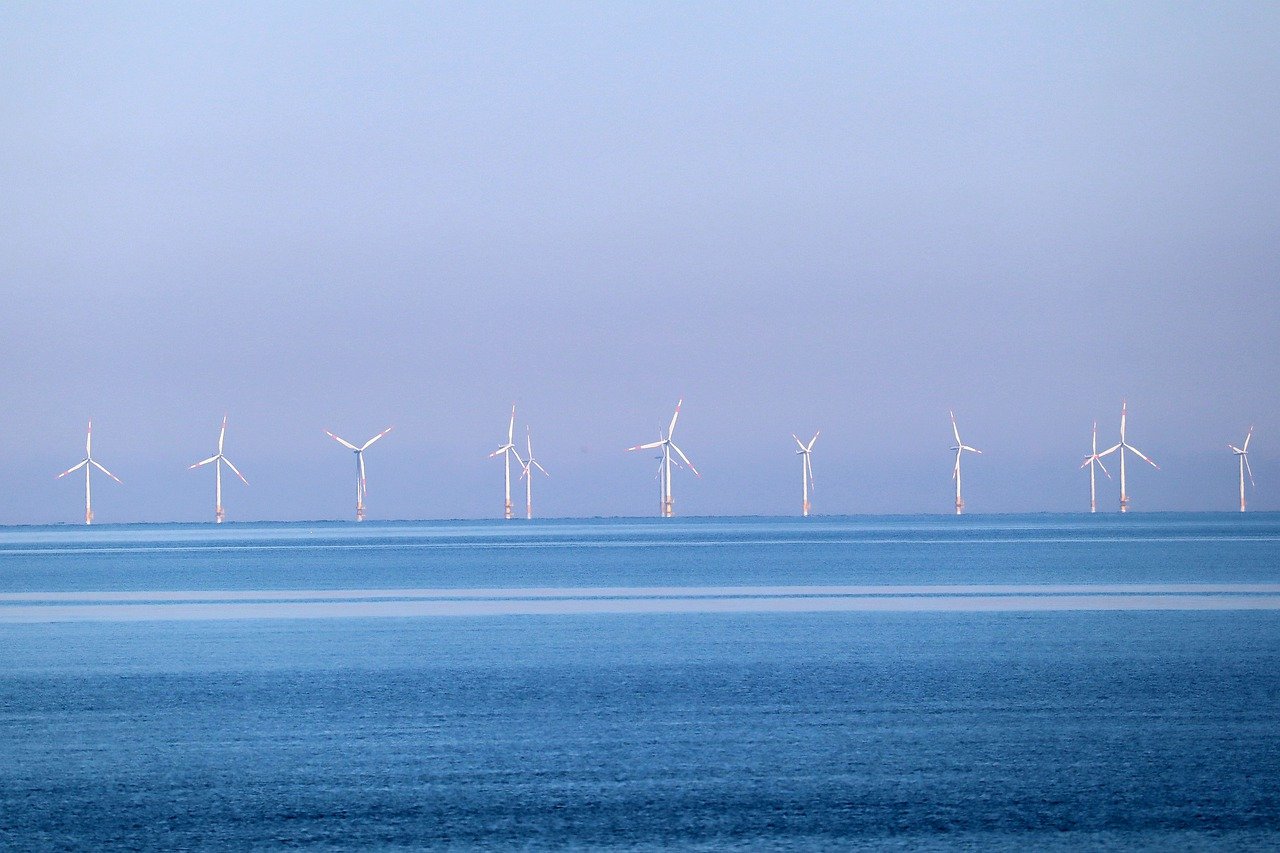Impact on breeding birds of a semi-offshore island-based windmill park in Åland, Northern Baltic Sea
DOI:
https://doi.org/10.34080/os.v22.22593Keywords:
anthropogenic effects, population studies, renewable energy, ocean ecosystems, breeding coloniesAbstract
Breeding bird populations were monitored at a windmill park on Båtskär in southern Åland archipelago 2006–2011. The area is in the outer archipelago and consists of four islands holding six windmills. The operation of windmills started during fall 2007. An environmental impact assessment for the area was done in 2002. The area holds 850–1050 pairs of breeding birds annually. Two species had significantly decreasing trends, namely herring gull Larus argentatus (annual decrease 6.9 pairs, p=0.003) and lesser black-backed gull Larus fuscus fuscus (annual decrease 2.8 pairs, p=0.004). The reason for the decline of the herring gull population is unlikely to be related to the windmill park. However, the close proximity of a windmill to the breeding colony of lesser black-backed gull has most likely contributed to their decline. Some species like swallow Hirundo rustica, house martin Delichon urbicum and auks Alcidae have benefitted of the construction of the windmill park and utilize new small environments created by the construction.
Downloads

Downloads
Published
How to Cite
Issue
Section
License
The copyright of each contribution belongs to the author(s), but all contributions are published under a Creative Commons license, so that anyone is free to share and reuse the contribution as long as the copyright holder is attributed.







